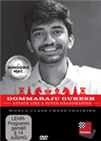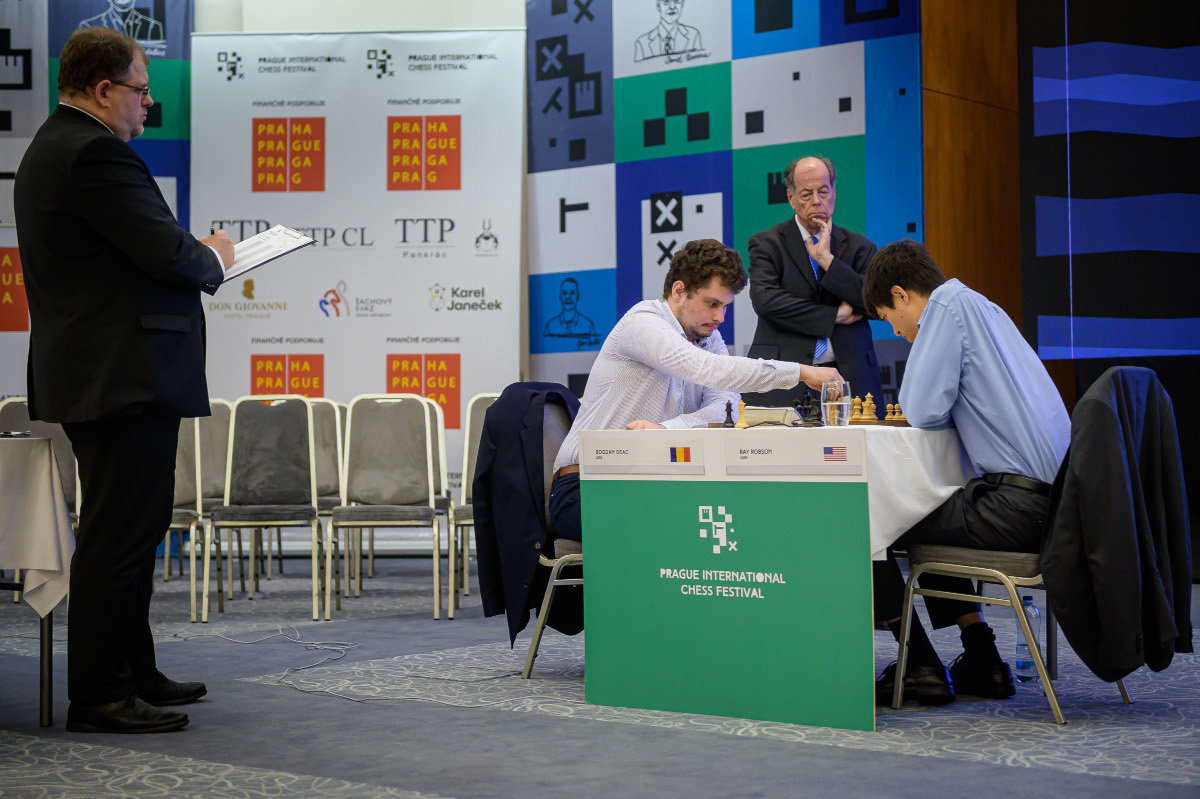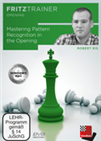A quick tactical eye
By beating Thai Dai Van Nguyen in round 8, Bogdan-Daniel Deac caught Ray Robson in the lead of the Prague Masters tournament. In the final round, the Romanian rising star drew Vincent Keymer with white, while Robson split the point with Sam Shankland, also with white.
The one player standing a half point behind going into Friday’s final day of action, Pentala Harikrisha, also drew, which meant Deac and Robson would decide the winner of the event in blitz playoffs — two 5-minute games with 3-second increments.
Deac got white in the first tiebreaker game, and eventually found himself in deep trouble, as his opponent gained two pawns in a double-edged middlegame. The position remained complex, though, as Robson struggled to find ways to convert his advantage.
Robson’s 40...Rd8 invited 41.Rd1, which forces 41...Qxd1 42.Rxd1 Rxd1. Black still has the upper hand, but converting his advantage with the newly established material imbalance is certainly more difficult, specially in blitz.
A couple more mistakes led to a balanced position, according to engines, but Robson’s incredible tactical eye ended up giving him a remarkable win.
80...Rh3+ is not winning, since 81.Kg1 keeps the balance. However, Deac’s 81.gxh3 (they were playing almost exclusively on increments at this point!) allowed 81...Rxh3+ 82.Kg1 e3, threatening mate on h1 — the whole idea of the combination.
83.Nxe3 would have kept the game going, while 83.Qxe3, which was played in the game, failed immediately not to 83...Rxg3 but to 84...g3, still going for immediate mate!
Deac resigned after 85.Nf2 gxf2+.
 In this Fritztrainer: “Attack like a Super GM” with Gukesh we touch upon all aspects of his play, with special emphasis on how you can become a better attacking player.
In this Fritztrainer: “Attack like a Super GM” with Gukesh we touch upon all aspects of his play, with special emphasis on how you can become a better attacking player.Following the nerve-racking, 85-move encounter, Robson agreed to a draw from a position of strength in the second blitz game to claim the tournament title.

The blitz tiebreaker | Photo: Petr Vrabec
Final standings
All games - Classical
Tiebreak games
Challengers: Bartel outscores Motylev
In the Challengers, Mateusz Bartel entered the ninth round as the sole leader, but he had to face Lithuanian GM Paulius Pultinevicius, who came from taking down the former sole leader, Benjamin Gledura, in round 8. Bartel managed to win with black, securing tournament victory. Bartel scored four wins and five draws to gain a spot in next year’s Masters event.
Meanwhile, in a direct fight for second place, Alexander Motylev defeated Gledura in what was his third win in four games.
23.Ba6 was a nice shot by Motylev, who saw his opponent resigning the game after 23...Bd5 24.Qg4+. Now representing Romania, the 44-year-old came from behind in Prague, as he drew his first five games before scoring 3½/4 in the final stage of the event.
 Pattern recognition is an important tool in modern chess, as it helps you to understand better the characteristics of a position. Particularly when you have been confronted with a surprise opening system played by your opponent, it helps when you can just
Pattern recognition is an important tool in modern chess, as it helps you to understand better the characteristics of a position. Particularly when you have been confronted with a surprise opening system played by your opponent, it helps when you can justGledura, Pultinevicius and Jan Vykouk all finished a half point behind the former coach of the national Russian team.

Mateusz Bartel | Photo: Petr Vrabec
Final standings
All games - Classical
Links

























